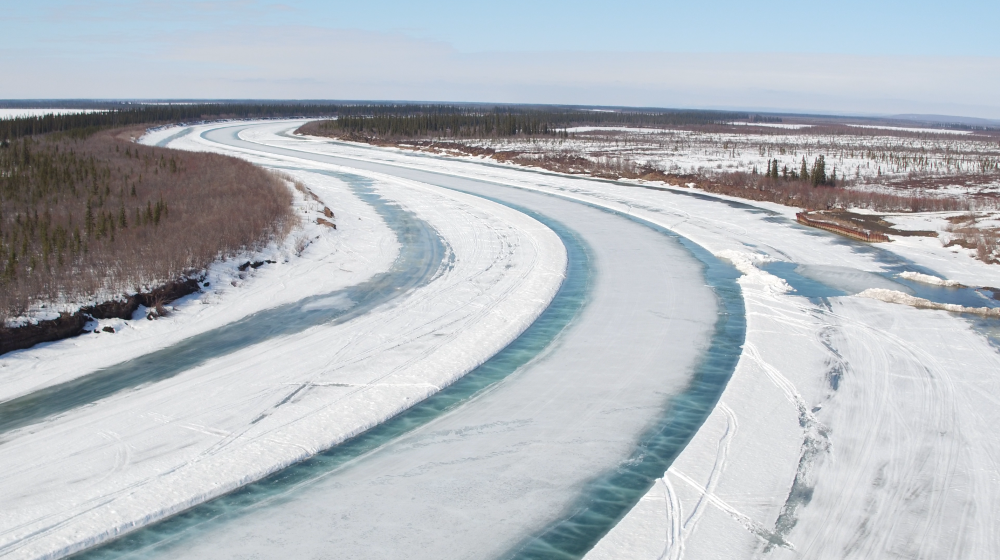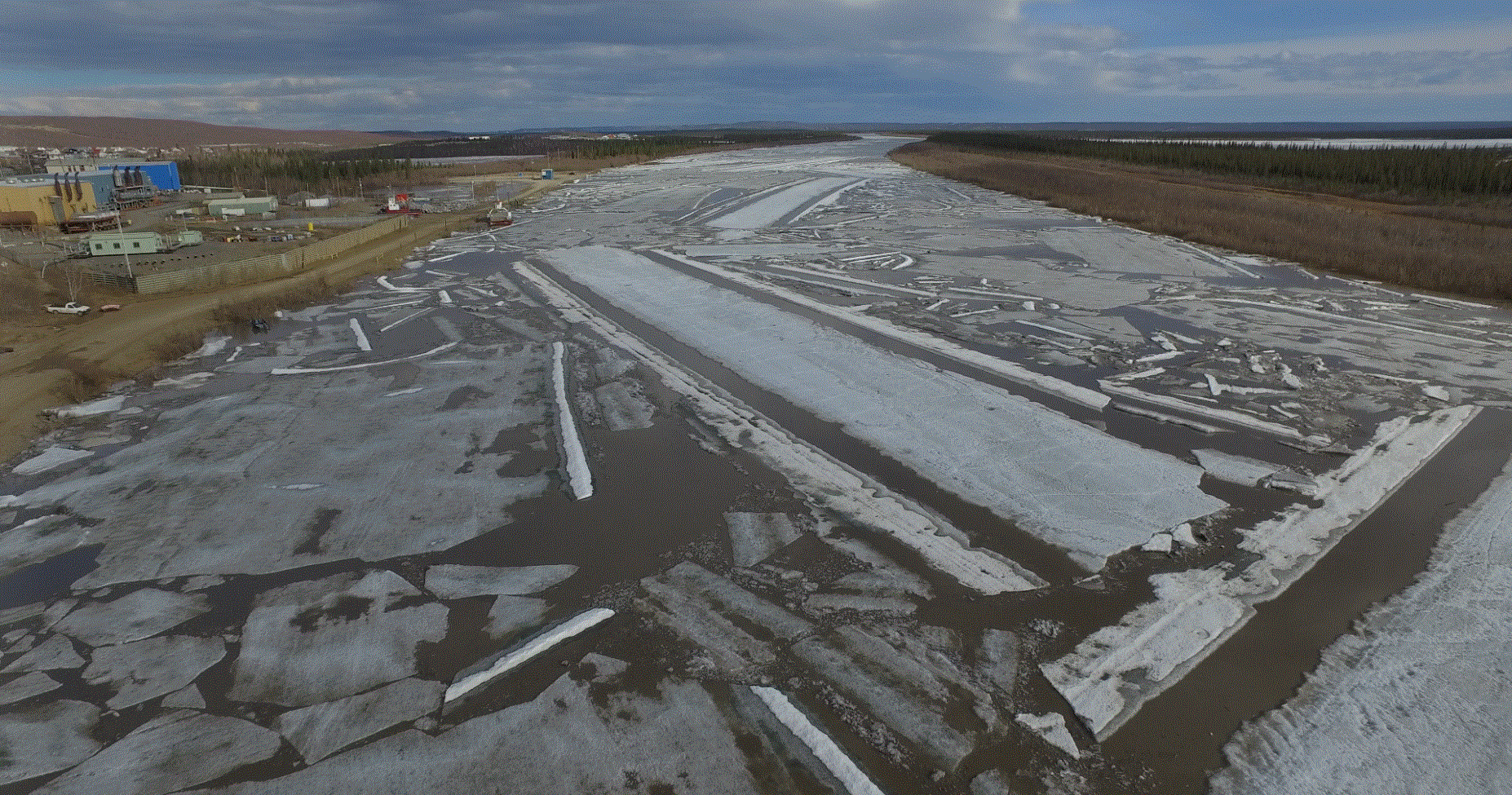
Welcome to Science Rendezvous’ northernmost site!
Get ready to INNOVATE with Science Rendezvous, returning May 11th, 2024. Explore fun activities at Canada’s largest science festival: learn about animals, chemicals, DNA, space, robots, and so much more. Free interactive and hands-on STEAM fun for all.
Get your hands on Science, May 11th!

Welcome to Inuvik, Northwest Territories: the NORTHERNMOST Science Rendezvous site in Canada!
Did you know we still have ice and snow here in May?
Did you know the sun is up past midnight this time of year?
Did you know we use rivers as highways in the wintertime?
Check out our Science Chase resources to learn some of the science behind life in Canada’s western arctic, and get studying so you can ace the chase!
This Site's Science Chase Resources:
High Altitude Weather Balloon - Inuvik flight!
INUVIK, NWT – On April 20th, 2015 we launched a high altitude weather balloon with a number of sensors and a high definition video camera on board. This is an edited version of our ~2.5 hour flight over the Mackenzie Delta, landing on Husky Lakes.
Watch closely:
See the town of Inuvik.
Look for the thousands of lakes that are part of the Mackenzie River Delta.
Notice the sky isn’t so blue way up high.
Note when the balloon pops.
Watch where the balloon lands!
Practice Question #1:
How many meters high did the balloon rise before it popped?
The roads are icy! Wait...

Did you know we use the rivers for highways in the wintertime in Inuvik? When the river melts in May, we need to wait for all the ice to clear before we can use our boats.
Here is an ICY science challenge for you to try at home!
MATERIALS:
- Ice cubes (at least 6)
- Glass of cold water
- Salt
- String or yarn
- Optional: food colouring

STEPS:
- Add the ice to your glass and fill with water. (Optional: add food colouring.)
- Lay the string over an ice cube. Sprinkle salt over the string and ice. Wait 1 minute.
- Gently pull the string. The ice should come along with it!
EXPLORE:
What is the minimum amount of time for the string to pick up the ice?
How many ice cubes can you pick up at once?
Use different strings – which one is best?
Does water temperature make a difference in the results?
THE SCIENCE:
Adding salt to ice lowers the ice’s melting point where the two materials meet. That means the ice starts melting sooner than normal where there is salt on it. However, if the surrounding temperature is still freezing, the ice will re-freeze and freeze the string along with it!
Practice Question #2:
Does salt lower or raise the ice's melting point?








































